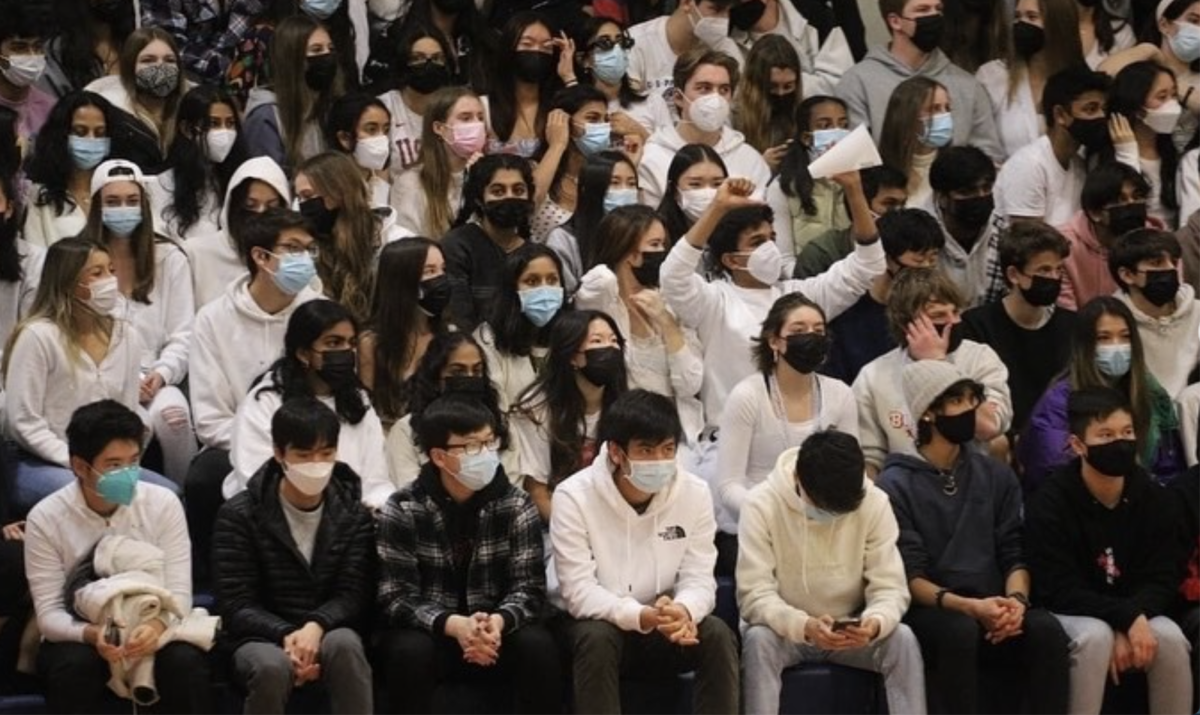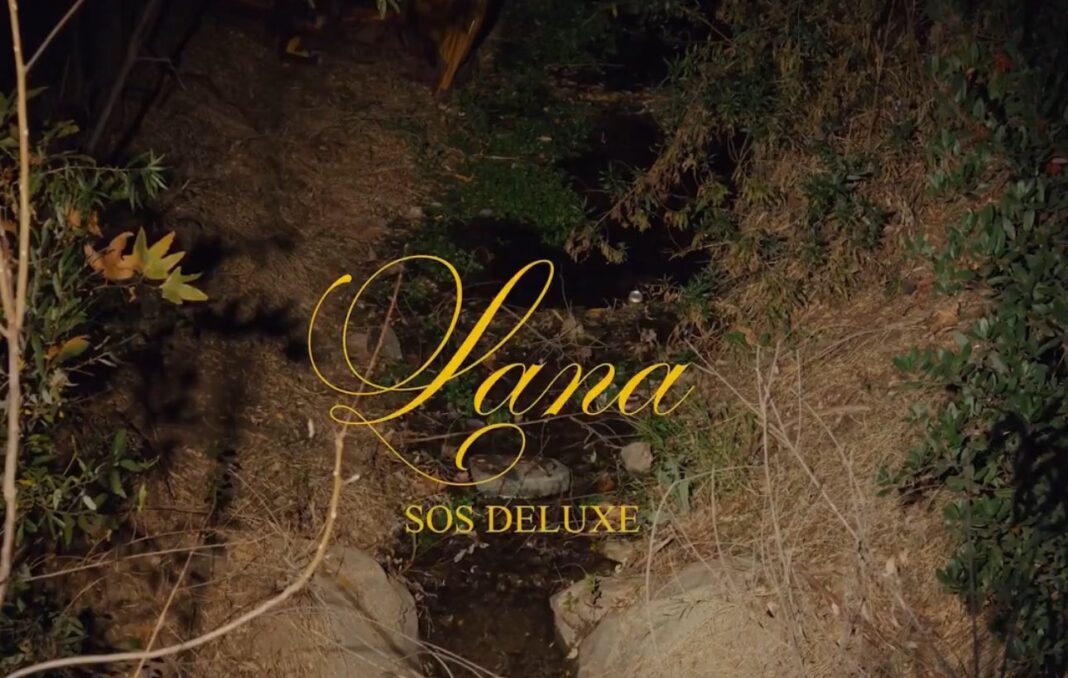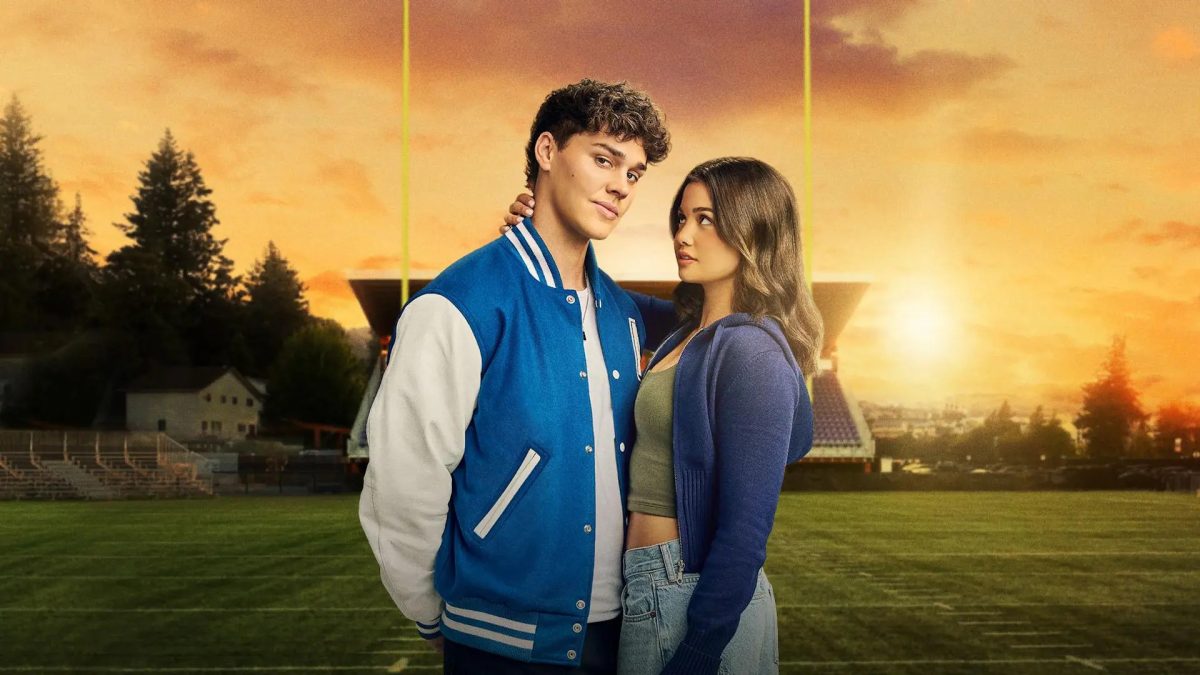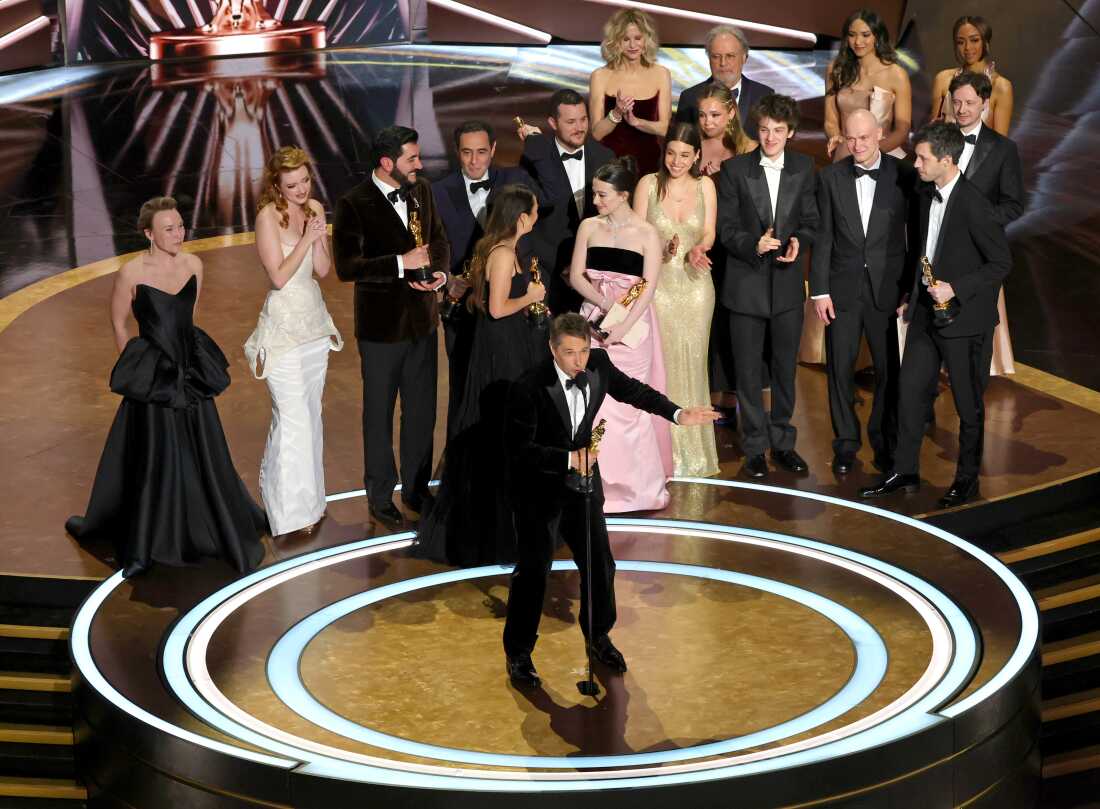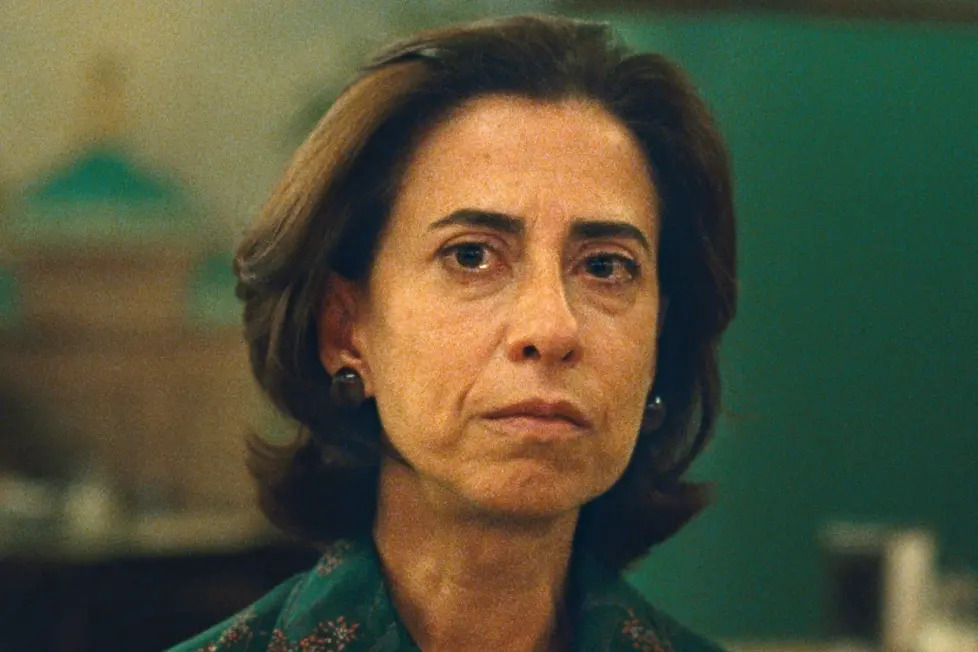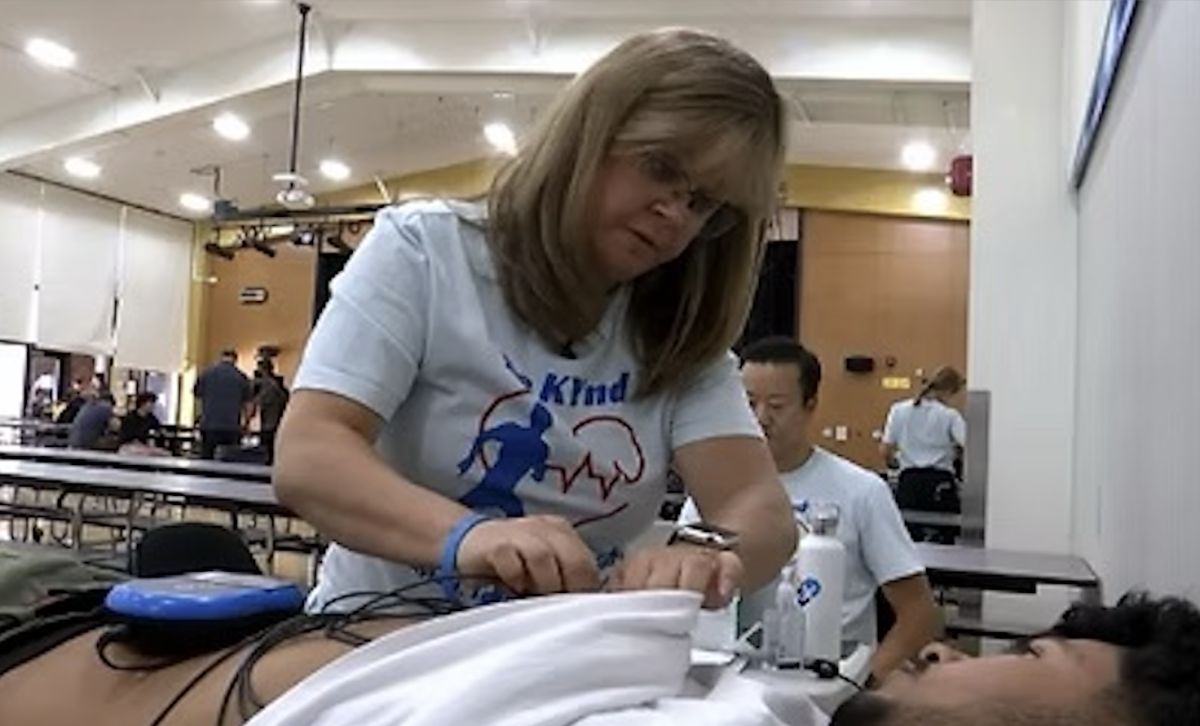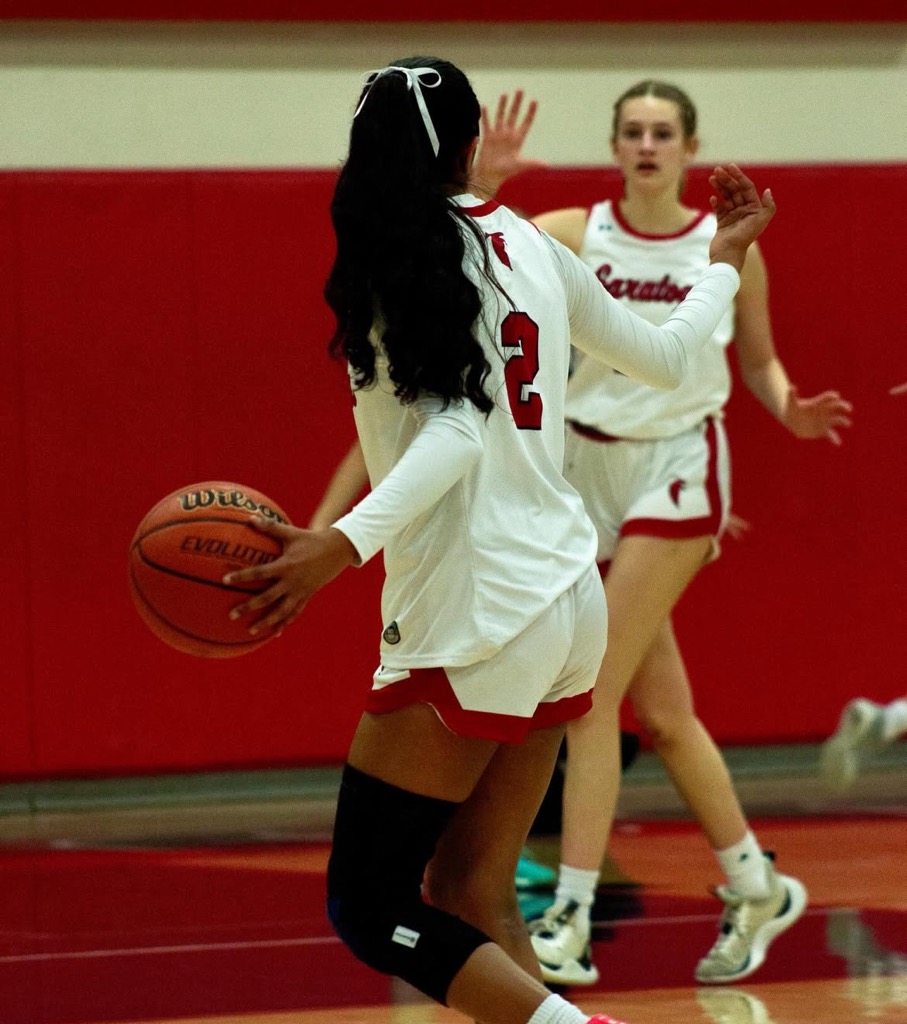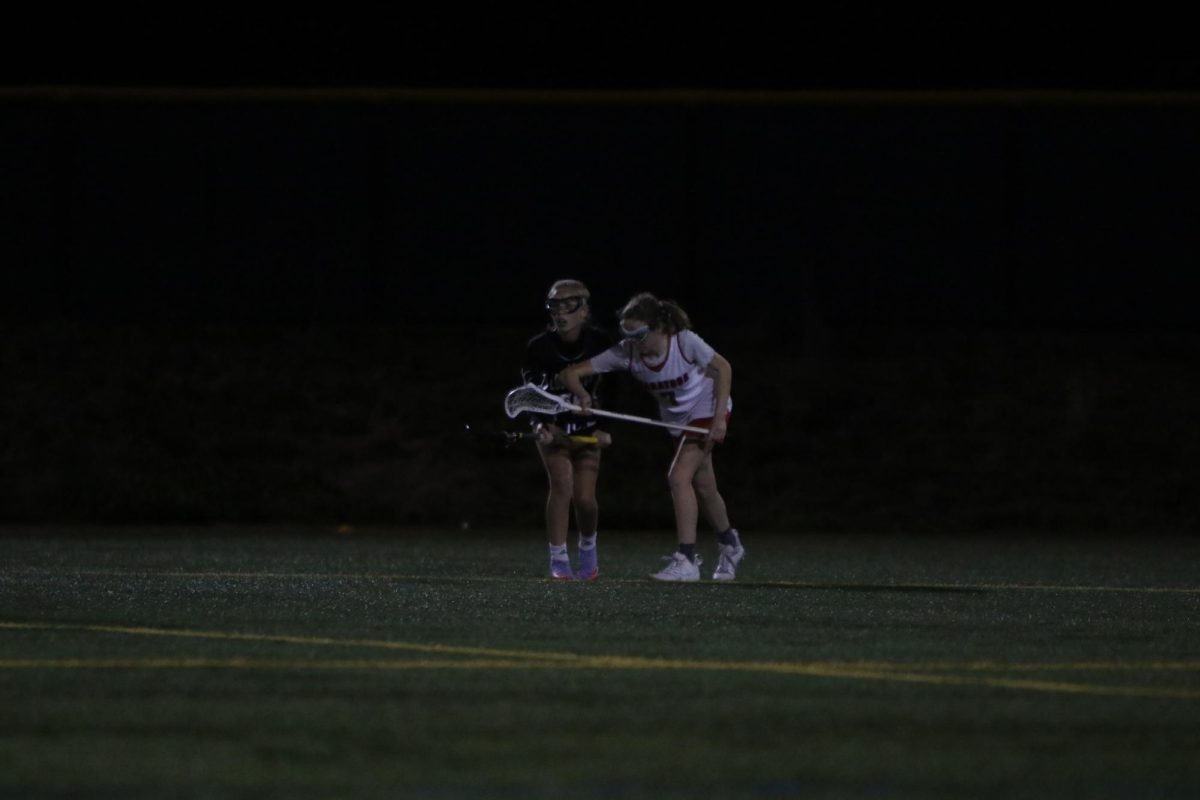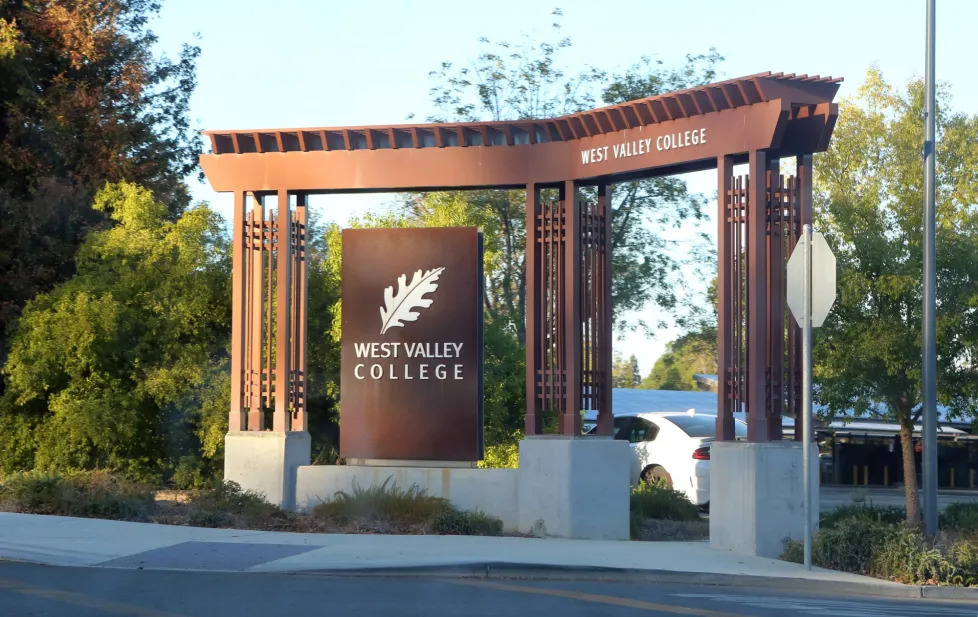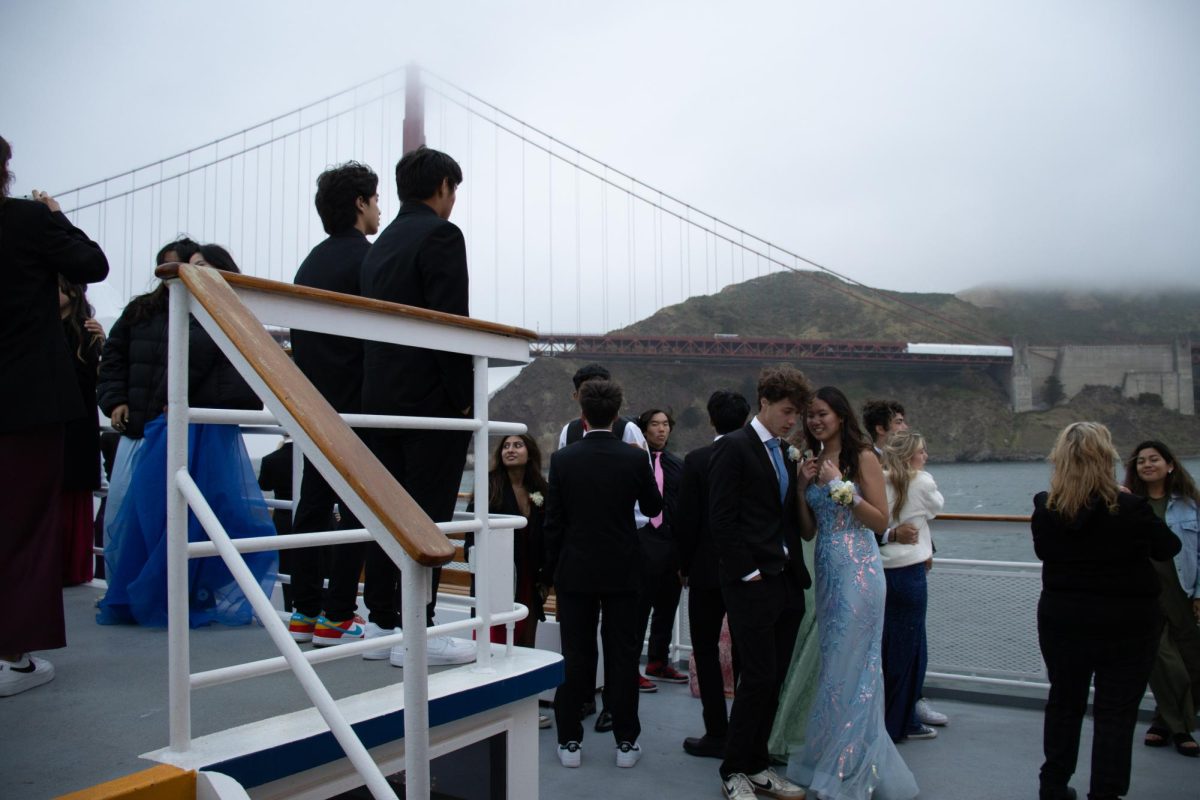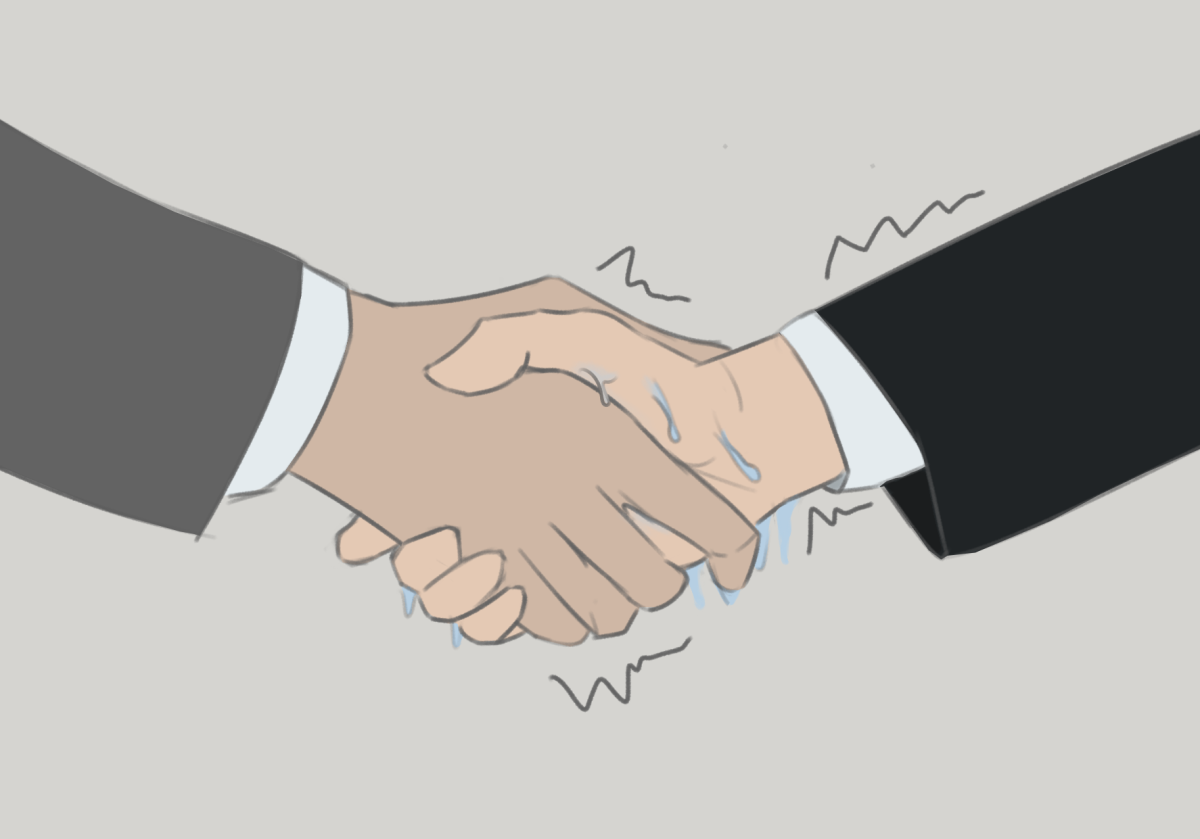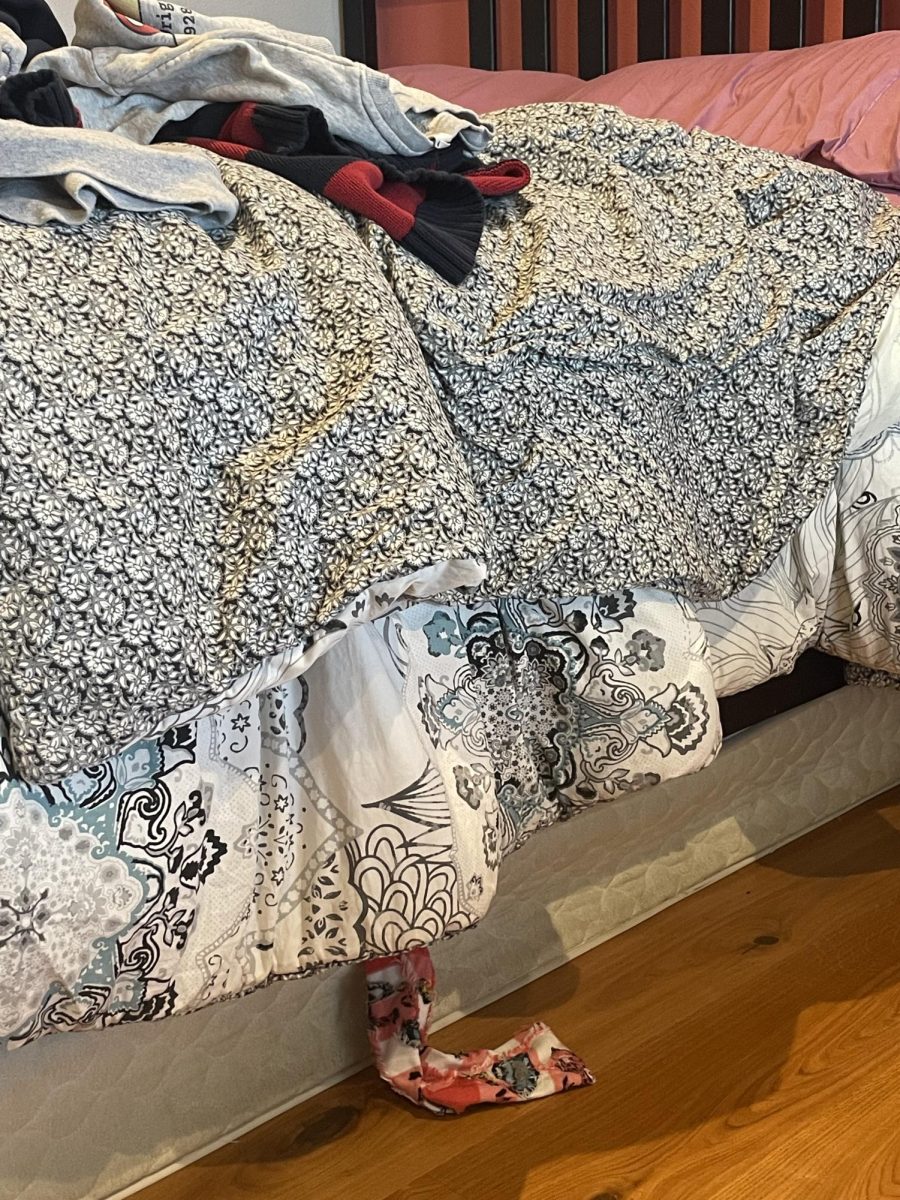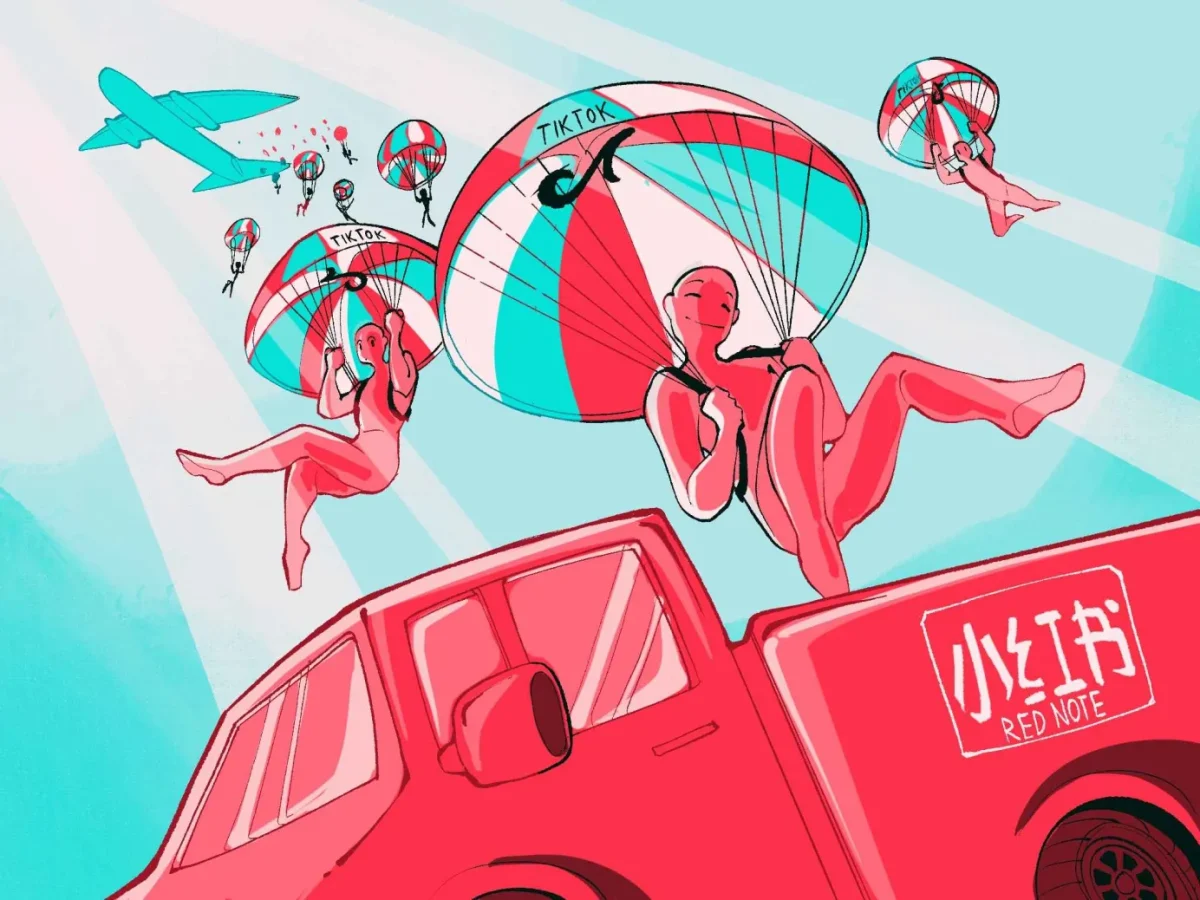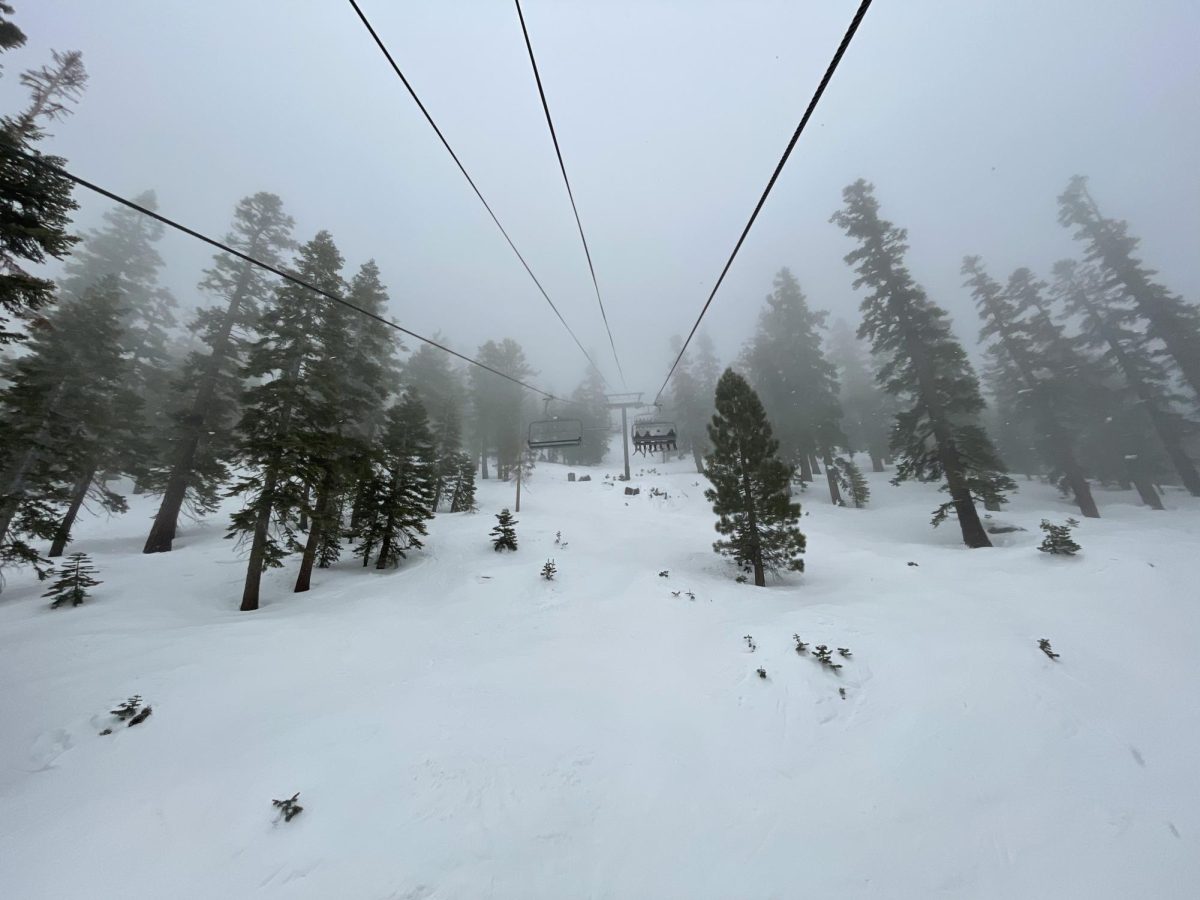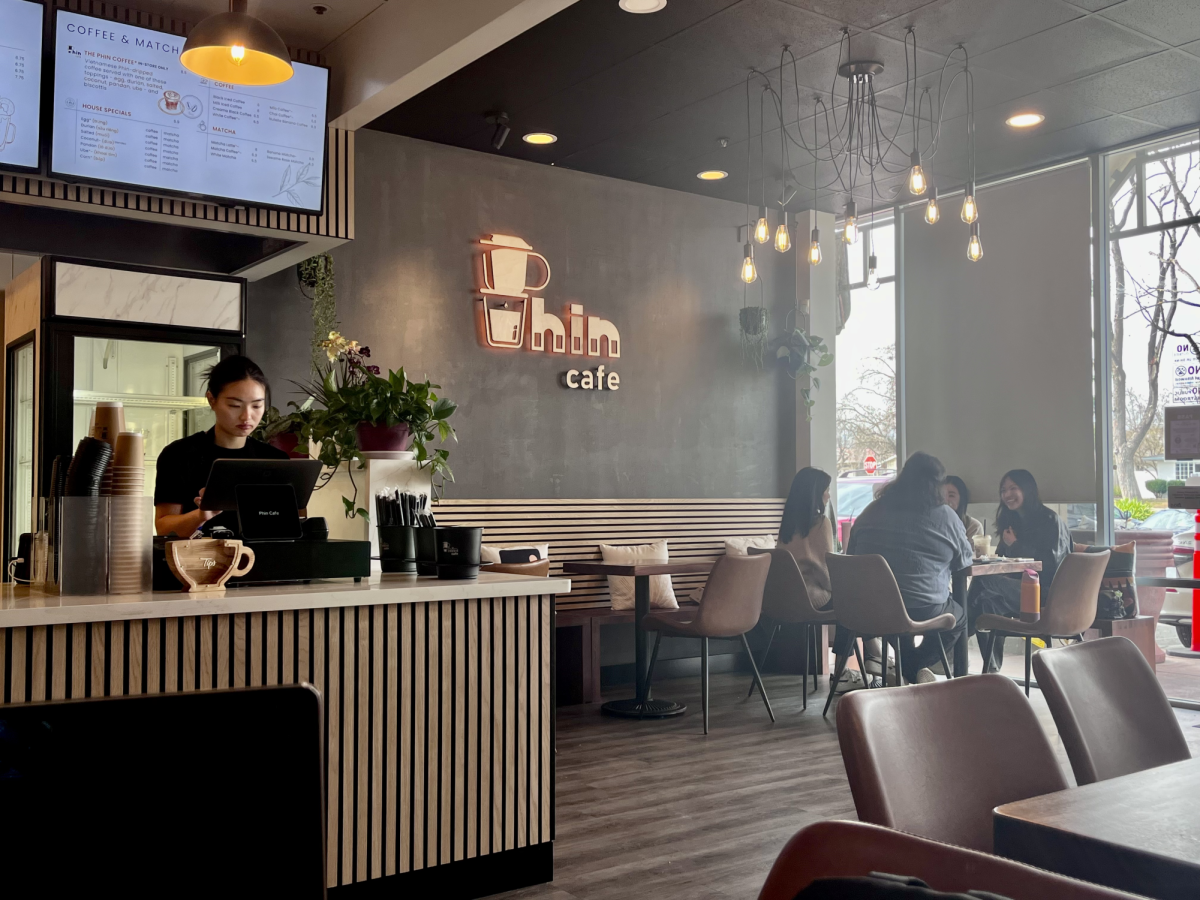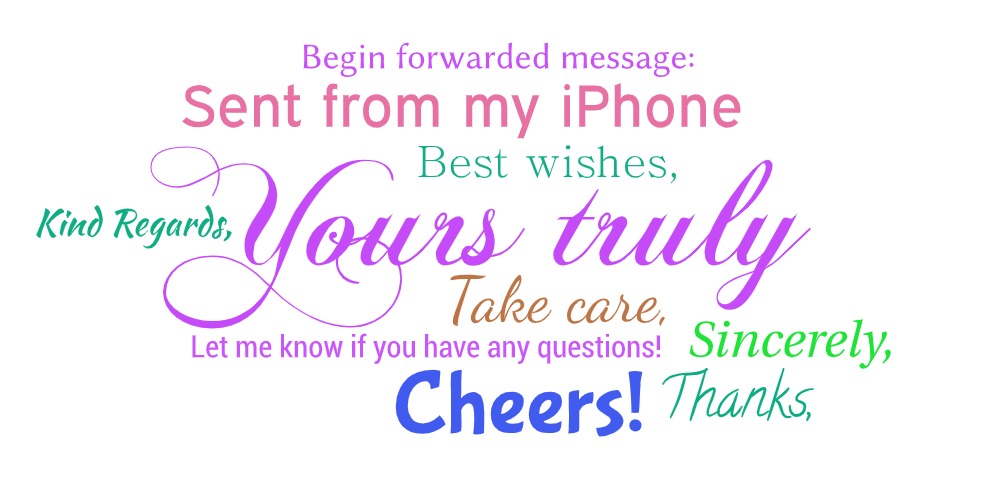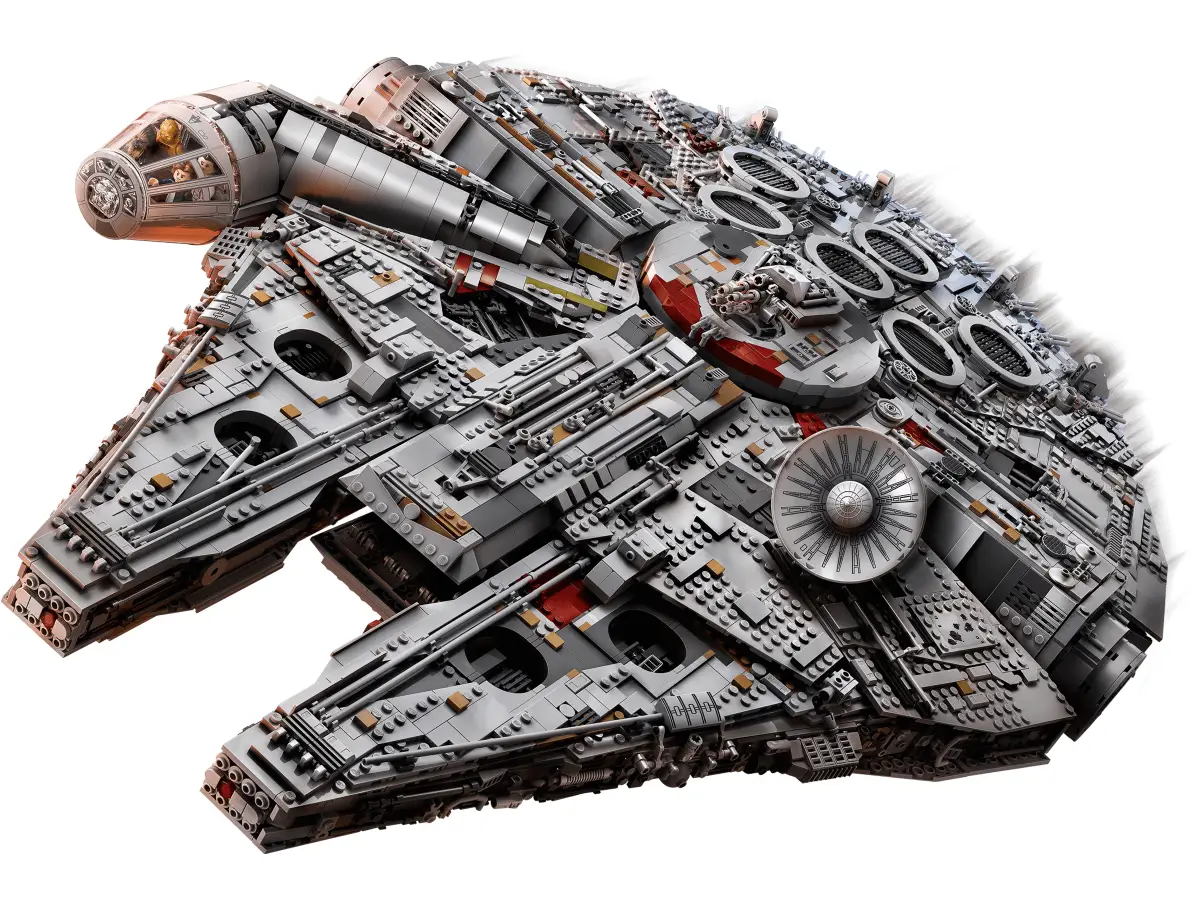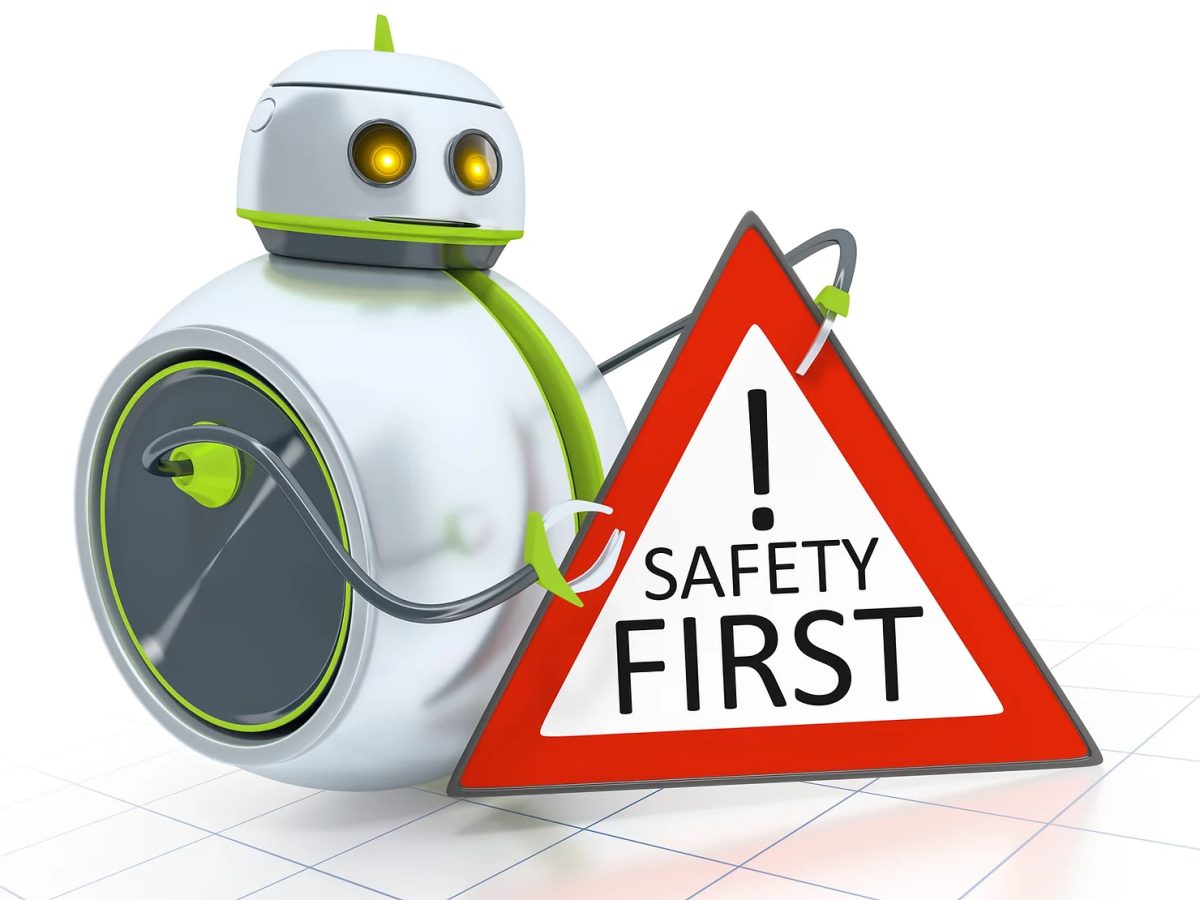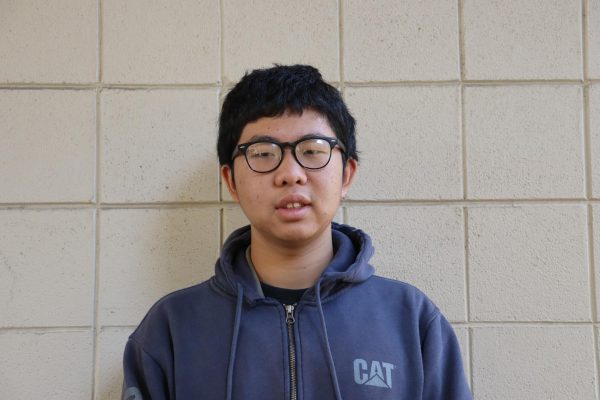As our world progressively becomes more intertwined with the world of artificial intelligence, it’s time for humanity to hit the brakes on this new potentially destructive technology. With new laws to limit the usage and growth of AI, governments are beginning to exercise necessary caution.
The current AI in circulation is mostly generative AI, including technologies like ChatGPT that work on “writing” stories and “creating” art; the problem is that it does so largely through massive copyright infringement and also takes over one of humanity’s most vital creative functions. There is a reason AI is frowned upon in art and literature: it’s because what AI creates isn’t true art, and its copying of artists’ unique styles threatens to leave the true creative geniuses bankrupt.
What makes humanity special? Humanity should have key critical emotions to convey. That’s what separates us from animals — we have the capacity to innovate. However, whenever AI “creates” art, it lacks the ability to input that message or emotion into its creation. The human creator puts their heart into a masterpiece, while AI merely just plagiarizes work, unable to create something with intrinsic value or originality.
Art without emotional context is absolutely worthless, synonymous to staring into a beautiful landscape without being able to grasp its real beauty, or reading a book without understanding a word of it.
Another major concern over the AI boom is the impending loss of jobs. With each modernization in the past, humans were slowly replaced by machinery, but made up for it with many more new, different jobs. However, with AI, this might not be the case.
Need a web designer? Just develop an AI bot to do so. Need people to manage the local power grid? Well, soon enough, AI might just be taking over those jobs as well.
Another thing to consider is that with each modernization, the set of skills and qualifications required to get hired increase. Now, AI has the ability to learn much faster than a human can, and will easily outperform the majority of potential workers, perhaps leaving only an elite minority that is “worth” hiring.
So what should be done? There need to be regulations on generative AI for the sake of maintaining a healthy number of jobs and preserving artists’ creative works, among other reasons. Otherwise, we might be living a real-life version of “WALL-E” very soon.

